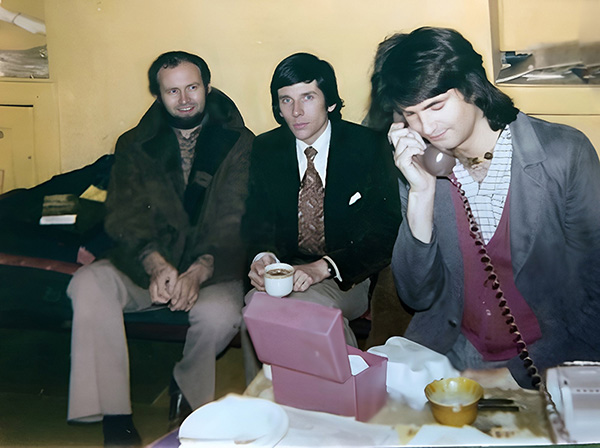The Charleston Trust, based in Firle in Sussex, have just opened a new space: Charleston in Lewes. It has been developed from the old council offices very close to Lewes train station. The venue has opened with an exhibition in the first floor gallery entitled Bring No Clothes: Bloomsbury and Fashion. It’s an exhibition curated by Charlie Porter and coincides with the publication of his book of the same name.
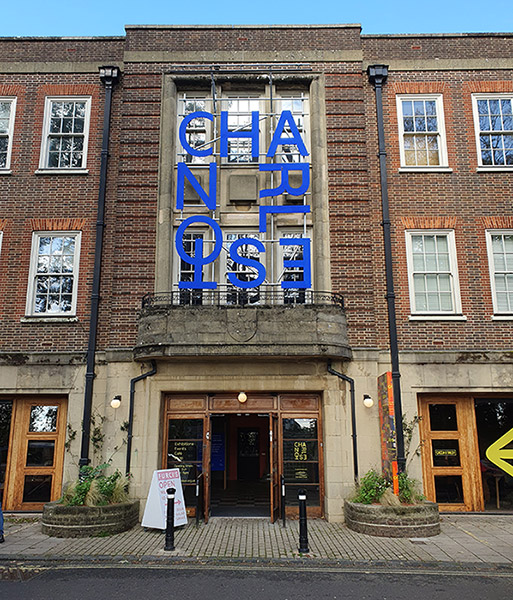
Bring No Clothes
As the brochure says, the show will “Explore the dynamic relationship between the Bloomsbury group and fashion in the first ever exhibition to focus on the clothing of this radical collective, and their impact on 21st century fashion. The story is told through a sensational mix of contemporary fashion, historic artwork, objects and ephemera, many never exhibited publicly before now.”
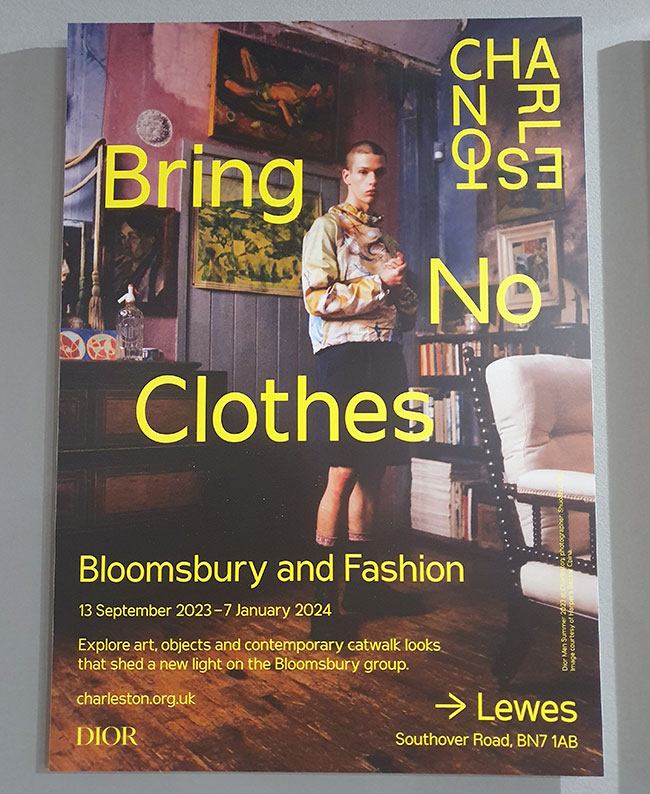
Prior to the exhibition opening at Charleston in Lewes, Dr Darren Clarke, Head of Collections, Research and Exhibitions at The Charleston Trust, got in touch with me. As part of his show, Charlie Porter is exhibiting a rarely seen portrait of Tony Haynes by Duncan Grant, painted circa 1970.
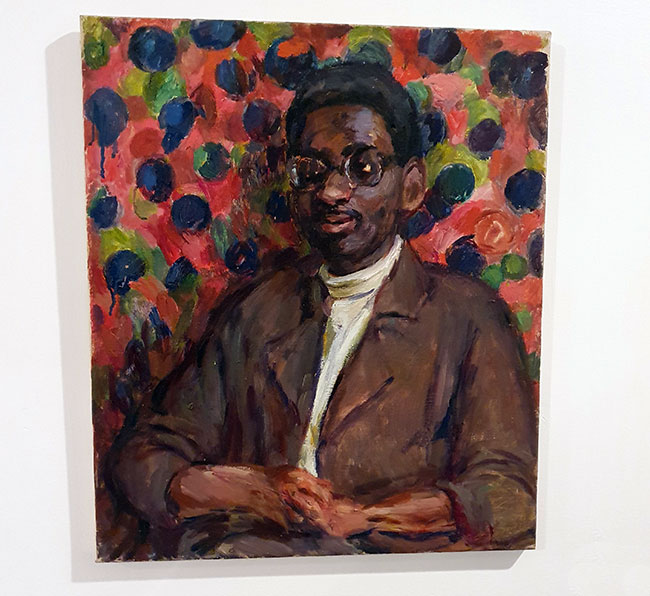
© Estate of Duncan Grant
Little has been written about Tony Haynes but I have been researching him in relation to the Sussex Gay Liberation Front, so I was able to provide some background on him, and the painting.
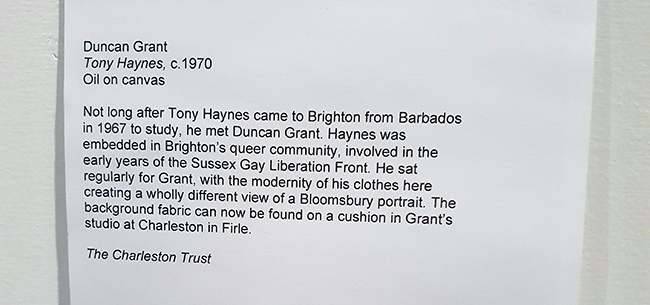
The caption for the canvas reads: “Not long after Tony Haynes came to Brighton from Barbados in 1967 to study, he met Duncan Grant. Haynes was embedded in Brighton’s queer community, involved in the early years of the Sussex Gay Liberation Front. He sat regularly for Grant, with the modernity of his clothes here creating a wholly different view of a Bloomsbury portrait. The background fabric can now be found on a cushion in Grant’s studio at Charleston in Firle.”
University of Sussex students
Tony Haynes began studying at the University of Sussex in the same year as Simon Watney. The following year Simon Watney and his boyfriend Mark Rowlands, who was also a student at the university, were introduced to Duncan Grant at Charleston.
As Simon Watney told QX magazine (in 2014):
“My professor kind of took me over there as a cute young thing, thinking that I could kind of help out a bit, which I did indeed, as the lady who looked after him was pretty long in the tooth and she did need a pair of helping hands. So I used to go over every week and spend one evening making dinner and so on, and I ended up writing a book about him, years later, but he was a completely wonderful man who left a huge mark on me. He had no shame or embarrassment about sexuality”.
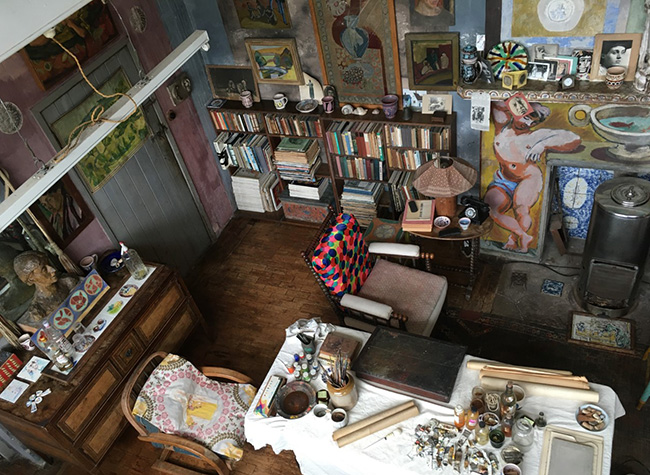
Mark Rowlands told me about the fabric behind Tony Haynes, that is still in the studio at Charleston:
“The background is a piece of fabric Simon and I brought back as a present [for Duncan] from a Tunisian souk we visited on a package holiday in March 1970.”
Mark and Simon founded the Sussex Gay Liberation Front in 1971, and Tony Haynes became involved through his connection to Duncan Grant and the university. In an email exchange (in November 2021) I asked Simon about Duncan and Sussex GLF. He said:
“Duncan never attended any of the SGLF meetings or events, though he did come along to a GLF meeting at Middle Earth in Covent Garden with me on one occasion, but it was too crowded and noisy for him, by then in his mid-eighties.”
More on Queer Bloomsbury
As well as writing the book ‘The Art of Duncan Grant’ in 1999, Simon Watney has written a blog post entitled: Duncan Grant and Queer Bloomsbury on charleston.org.uk (2011).

